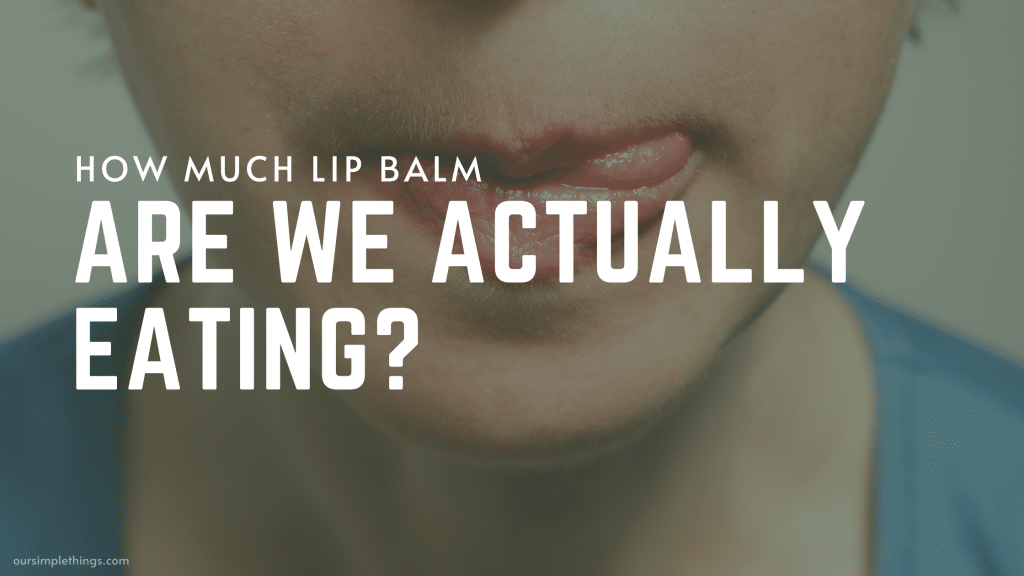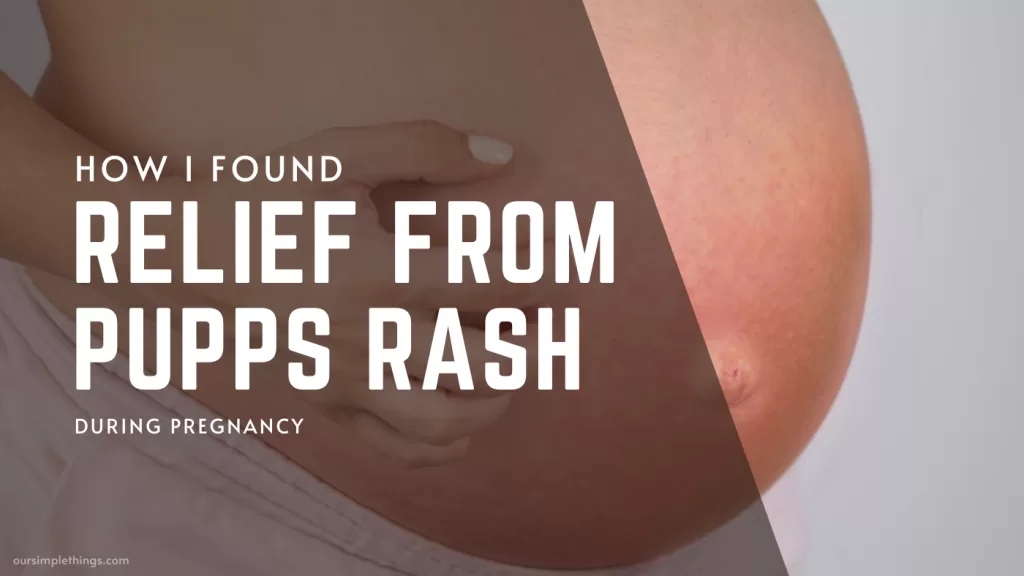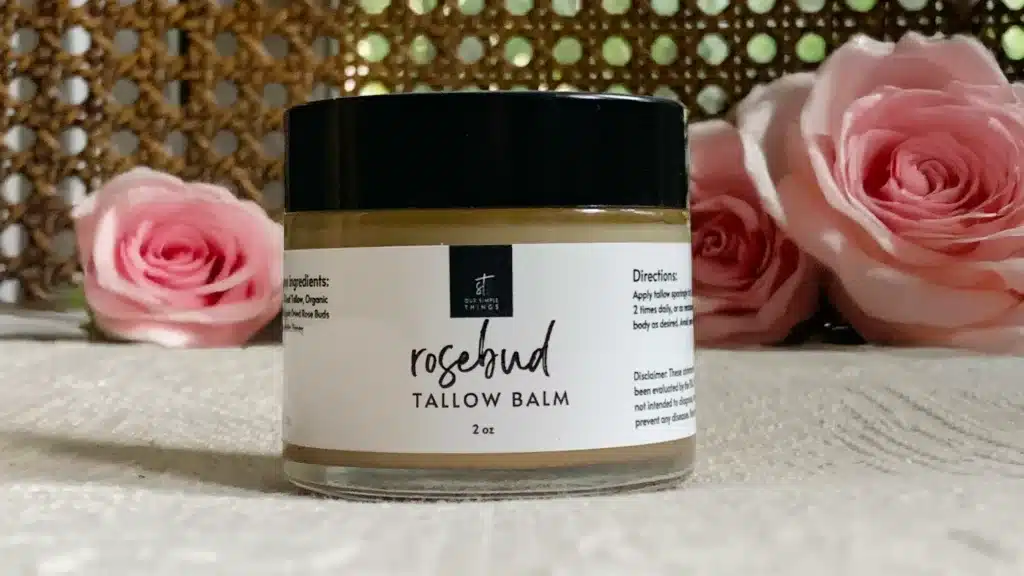Let’s Talk About the Thing No One Wants to Think About
You know that balm you swipe on five times a day without even thinking? You’re probably eating it. Not intentionally, obviously — but between lip licking, sipping coffee, and just being a human with a mouth, a good chunk of that balm isn’t staying put.
While there’s no single definitive study quantifying daily lip balm ingestion, it’s well accepted in dermatology and toxicology circles that lip products are partially ingested through normal use — especially with frequent reapplication. That makes ingredient quality a bigger deal than most people realize.
Lip Products and Long-Term Exposure Risks
Lip products have also been shown to contain trace heavy metals and other irritants, especially with prolonged use or frequent reapplication:
- The FDA has reported average lipstick usage at around 24 mg per day, based on 2–3 applications daily. This estimate was part of their investigation into lead exposure in cosmetics, which concluded that while trace amounts of lead were detected in many lipsticks, they were within safety margins — a finding that still raises concerns given the daily ingestion pattern (FDA, 2011).
- A peer-reviewed study in Environmental Science & Technology found that high-use lipstick wearers may ingest up to 87 mg/day of product. The researchers detected measurable concentrations of lead, aluminum, cadmium, and chromium in over 30 lipsticks and glosses tested, raising questions about long-term, low-dose exposure and its potential health effects (Liu et al., 2013).
- Common allergens like flavorings, lanolin, wax blends, and sunscreen agents have been implicated in allergic contact cheilitis, especially among lip balm users. According to dermatology resource DermNet NZ, this inflammatory condition of the lips is often triggered by daily exposure to ingredients that aren’t always disclosed clearly on product labels (DermNet NZ).
- A case report published in Contact Dermatitis confirmed allergic contact cheilitis due to benzophenone-3, a UV filter commonly used in SPF lip products. The patient had recurring inflammation and irritation until switching to a balm without UV filters, supporting how even “active” ingredients can become sensitizers with chronic use (Schram, 2007).
- Many conventional balms also rely on petroleum derivatives like petrolatum, mineral oil, and paraffin wax. While generally considered safe in refined cosmetic grades, European testing has found detectable levels of mineral oil aromatic hydrocarbons (MOAH), including potentially carcinogenic compounds. These ingredients are cheap fillers that offer short-term occlusion but come with long-term questions.
- Menthol, camphor, and phenol — often found in “medicated” balms — can strip the lips of natural oils with frequent use, triggering more dryness and dependency. Even some “clean” brands swap in essential oils like peppermint, citrus, or tea tree, which may feel tingly or refreshing but can disrupt the skin barrier and, in some cases, impact oral and mucosal health — especially when used repeatedly near the mouth.
And yet, most lip balms on the market are packed with ingredients like parabens, phthalates, petroleum wax, and mystery “flavors” you’ll never get a straight answer about.
Let’s be honest — petroleum belongs in your car, not on your mouth.
But It’s Just a Little, Right?
That’s what we tell ourselves. “It’s only a little bit.” But here’s the thing — “a little bit” of synthetic junk, applied multiple times a day, every day, for years? That’s not a little. That’s exposure.
Parabens (used as preservatives) have been linked to hormone disruption and detected in breast tissue (Darbre et. al., 2004).
Phthalates (used to make products glide or stick better) are tied to reproductive effects and endocrine disruption (Meeker & Sathyanarayana, 2008).
Petroleum-based ingredients may contain contaminants like MOAHs, which have raised concern in EU cosmetics assessments, especially given the amount of product consumed over time through lip use.
Menthol and phenol can cause a cycle of irritation and dependency — and when applied regularly to mucosal tissue, they may damage the barrier layer and increase susceptibility to inflammation. Even popular essential oils (see why we avoid them) can contribute to long-term barrier disruption.
You don’t have to be scared — just awake. Personally, I’m not here to eat trace amounts of plasticizers with my morning coffee. That’s just gross.
The Label Trick: Why You’re Not Always Told
Let’s talk “flavor.” Or “fragrance.” These terms legally allow companies to include dozens of undeclared chemicals, some of which are allergens or irritants. And you won’t see them on the label. It’s a loophole, and companies use it. A lot.
The whole reason lip balms started including flavors and scents in the first place is because no one wants to put something on their lips that tastes like garbage. That alone should tell us something: we’re tasting what we apply. When you rub a lotion on your leg, you don’t taste the vanilla — but on your lips? It’s a constant, low-level dose all day long. If it didn’t taste good, people wouldn’t use it. That’s not a skincare decision — that’s a flavor delivery system.
If your balm smells like birthday cake and has the texture of chapstick from a gas station, you’re probably not using something your body would thank you for.
Our Approach: Real Ingredients, No Nonsense
Here’s what we do put in our lip balms:
- Grass-fed tallow – nutrient-rich, skin-compatible, and actually useful
- Nilotica shea butter – creamy, healing, loaded with fatty acids
- Beeswax – helps balm stay put without adding junk
- Raw, infused botanicals – because we care what goes near your face
What we don’t use? Parabens. Phthalates. Petroleum. Flavor oils. Essential oils (read why here). Menthol. Salicylic acid. Fake colors. “Clean” buzzwords with no backing. If it doesn’t serve your skin, it doesn’t make the cut.
Final Thoughts (and Why This Isn’t Just a Vibe)
I’m not trying to scare you out of using lip balm. I’m saying — know what you’re putting on your face. Because the science says it’s not just sitting there.
If I’m using something that ends up in my body, even in trace amounts, I want it to be simple, effective, and built on purpose — not petroleum sludge and synthetic fragrance.
That’s why I make my own.
That’s why we stick with tallow.
References
- Darbre, Philippa D., et al. “Concentrations of parabens in human breast tumours”. Journal of Applied Toxicology, vol. 24, no. 1, 2004, p. 5-13. https://doi.org/10.1002/jat.958
- Meeker, J. D., & Sathyanarayana, S. (2008). Exposure to phthalates and other endocrine disruptors: the effects on reproductive health. Reviews in Environmental Health, 23(4), 195–204.
- U.S. FDA. Limiting Lead in Lipstick and Other Cosmetics.
- Liu, S., Hammond, S. K., & Rojas-Cheatham, A. (2013). Concentrations and potential health risks of metals in lip products. Environmental Science & Technology, 47(24), 13921–13928.
- DermNet NZ. Allergic Contact Cheilitis.
- Schram, Sarah E et al. “Allergic contact cheilitis from benzophenone-3 in lip balm and fragrance/flavorings.” Dermatitis : contact, atopic, occupational, drug vol. 18,4 (2007): 221-4. doi:10.2310/6620.2007.06071



